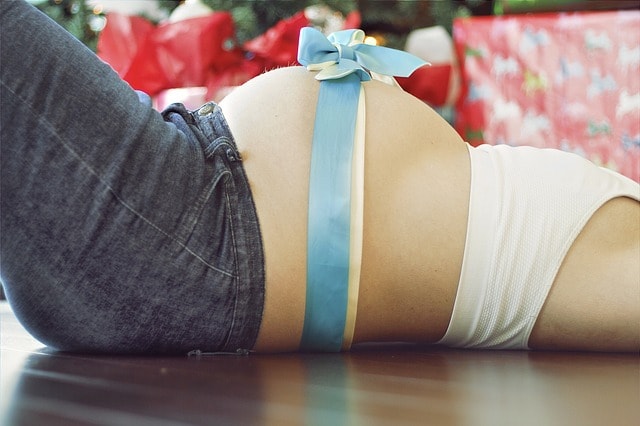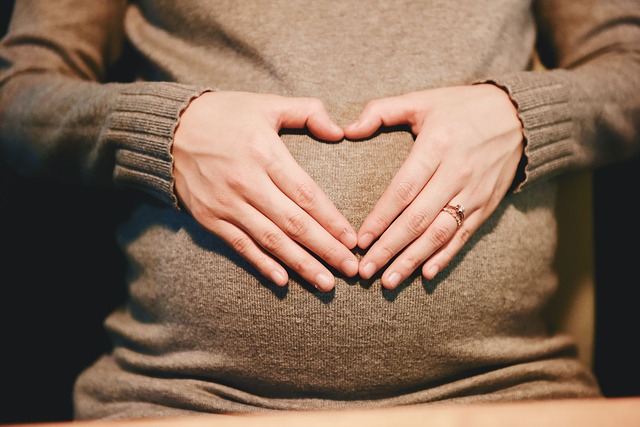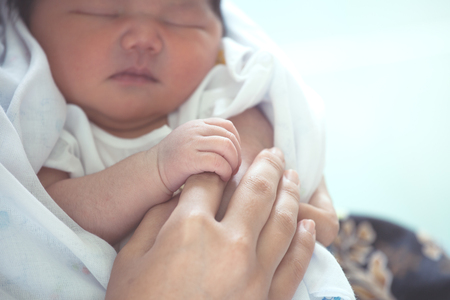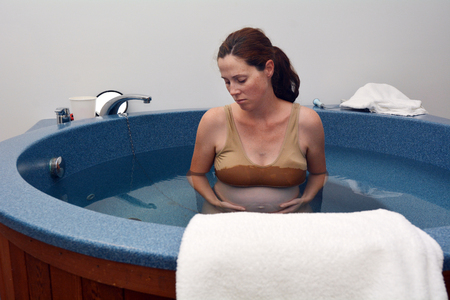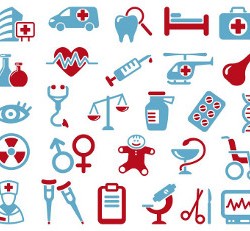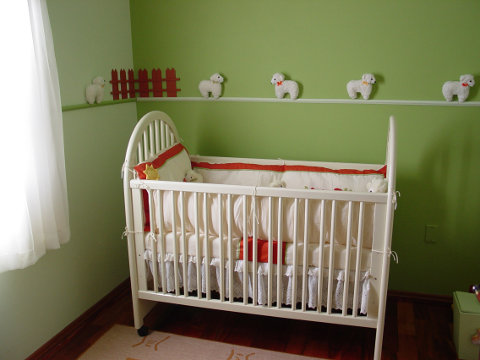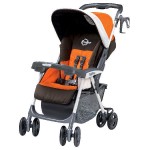Mr J Yeo and his wife had hoped for a natural delivery for their first child in 2016, but it was not to be.
After many hours of labour, his wife was exhausted, and the Yeos opted for a Caesarean section (c-sect) instead.
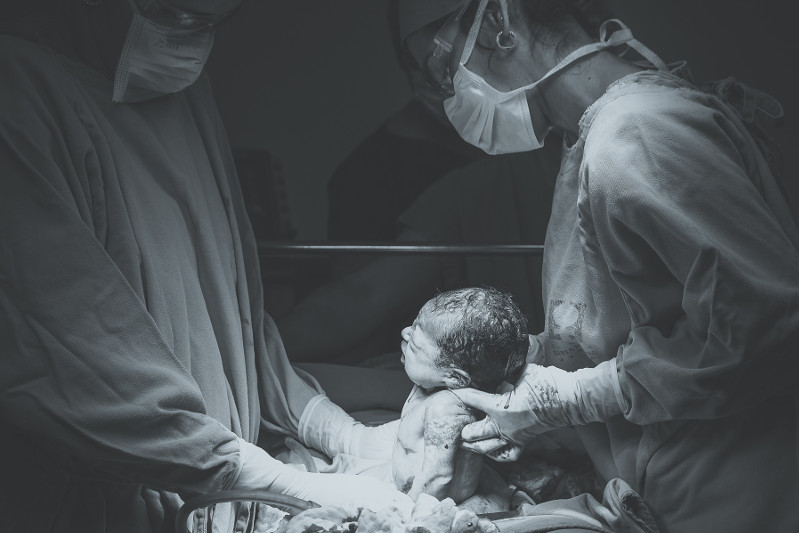
This year, for their second child, they scheduled a c-sect as they were aware that the possibility of vaginal birth after caesarean (VBAC) is only between 60%-70% (SingHealth).
However, Mrs Yeo felt strong contractions a week before her expected delivery date and was rushed to the hospital where they decided to try for a VBAC as she was already in active labour. Eventually, she managed to give birth naturally to their second child, a boy.
What the Yeos have gone through is not uncommon, but unlike them, many couples are now opting for a c-sect instead of considering a natural delivery.
Rise in unnecessary C-Sects
While the origins of a c-sect began as a measure to save a mother when her fetus cannot be delivered naturally, it has now become commonplace and socially accepted as another birth option.
The World Health Organisation has seen a worrying rise in unnecessary caesarean sections that has them revise their benchmark for health professionals worldwide in caring for women during childbirth use.
Between 1990 and 2014, the global c-sect rate is reported to have increased by 12.4%, and about one in three women and one in four women deliver surgically in the US and UK, respectivelyi.
What exactly is a caesarean-section?
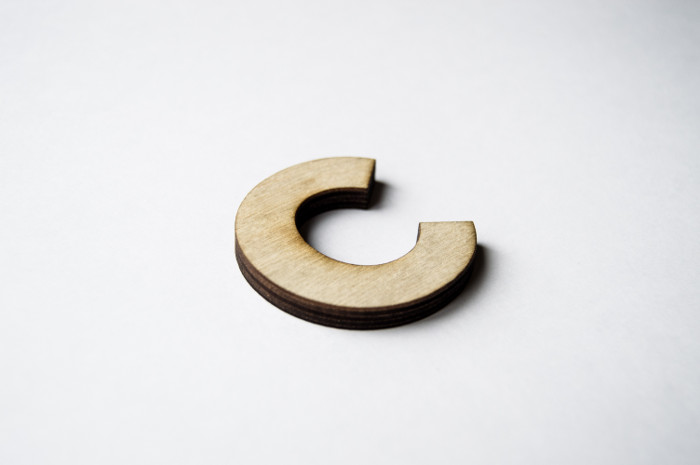
A c-sect is a surgical operation to deliver the baby through the tummy when it is not possible or not advisable to deliver the baby vaginally. For natural birth, the baby is delivered vaginally, with women opting for pain relief, such as an epidural.
A c-sect can be planned for (elective), or it can be done in the event of an emergency. In recent times, people have also opted for a c-sect for reasons such as to do away with the number of hours in labour, or so that they are able to be sure of the delivery date.
It remains debatable when this medical procedure should be used. Medical conditions of the mother, such as excessively high blood pressure, or low fetal weight or poor growth of the baby may prompt a caesarean sectionii.
For Lanai Scarr, the c-sect procedure was lifesaving for one of her triplets, as her son Jim, “had his cord wrapped around his neck twice and would likely have choked on the way out or been severely brain-damaged”.
Pros and cons of having a c-sect
PROS
- Shorter time needed as compared to labour – From start to finish, including pre and post-op, a typical c-sect lasts around three to four hours.
- Knowing the exact delivery date – For planned c-sects, parents will get to select the date of the surgical operation and this helps them to be better prepared for baby’s arrival.
- Less pain during the actual delivery process – For a natural birth, mothers typically have to endure the pains after waves of contractions unless they opt for an epidural early.
- Lower risk of pelvic muscles and tissues being damaged since there is no need to push baby out.
CONS
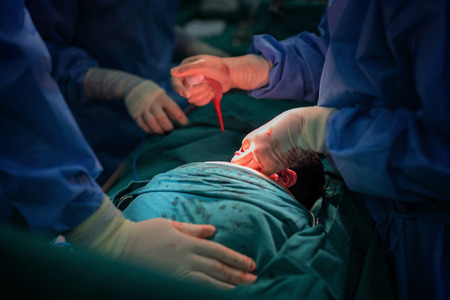
- Higher cost since the procedure is a surgical operation
- Increased blood loss, higher risk of abdominal organ injury and infection at the incision area
- Longer recovery time – The typical hospital stay for mothers who have undergone a c-sect is four days, compared to the two days for mothers who have delivered vaginally. The recovery process is also usually more painful as compared to natural birth.
- Danger to mothers who have had multiple c-sects – The placenta could be deeply attached to the uterus because of scarring from previous C-sections, and it could be difficult to extract, which could lead to heavy bleeding, subsequently leading to a higher chance of needing a blood transfusion, or a hysterectomy.
- Studies have found that women who have had a C-section are less likely to begin early breastfeeding than women who had a vaginal birth and face complications that could cost them their lives.
- Babies born from c-sect may require neonatal intensive care admission due to respiratory distress. This is because the pressure of going through the birth canal helps squeeze any extra fluid from the baby’s lungs. Also, natural labour triggers the release of the hormone epinephrine, which clears fluids from the lungs.
Lifesaving or a mark of status?
Even with the many drawbacks of a c-sect, there are still cases in which it is a lifesaver. These instances include a low-lying placenta, abnormal baby’s position (breech), previous caesarean sections, or any conditions that may make vaginal birth unsafe.
In the case of multiple births such as triplets which are considered high-risk pregnancies, mothers will usually opt for a c-sect.
On the other hand, there are also some who perceive having a c-sect as a ‘status symbol’, given the number of celebrities who have opted to deliver their babies surgically. Actress Elizabeth Hurley, supermodel Claudia Schiffer, Victoria Beckham and singer Toni Braxton, just to name a few, are those who have opted for a c-sect.
As the British tabloids have put it, some mums are simply “too posh to push“, making a reference to mothers who opt for a c-sect to do away with the inconvenience and effort of labour.
D-Day and decision-making
While preparing for the birth of a baby, couples should make the effort to read up on what each mode of delivery entails and discuss them further with their healthcare professionals.
Issues such as the mother’s medical history and information on past pregnancies should also come into place in the discussions so that doctors can give appropriate advice.
Ultimately when it comes to decision-making, being adequately aware of the various options available is key to making informed decisions. That, and knowing that the baby’s well-being is at the heart of all decisions made, will ensure that the right choices are made.
References:
[i] Betrán, AP, Ye, J, Moller, A-B, Zhang, J, Gülmezoglu, AM, and Torloni, MR. The increasing trend in caesarean section rates: global, regional and national estimates: 1990–2014. PLoS One. 2016; 11: e0148343
[ii] Stetz, L. Striking the right balance Global cesarean delivery rates in an era of controversy
By Geraldine Ang.
Note: Each birth story is different and there is no one method that fits all solutions. Please speak to your doctor about the best birthing plan for your delivery.
* * * * *
Like what you see here? Get parenting tips and stories straight to your inbox! Join our mailing list here.
Want to be heard 👂 and seen 👀 by over 100,000 parents in Singapore? We can help! Leave your contact here and we’ll be in touch.



































